Table of Contents
- Introduction to the Five-Act Structure
- What is the Five-Act Structure?
- What are the Five Acts in the Five-Act Structure?
- Act 1: Exposition
- Act 2: Rising Action
- Act 3: Climax
- Act 4: Falling Action
- Act 5: Dénouement
- The Five-Act Structure in Action: The Godfather
- Act 1: Exposition
- Act 2: Rising Action
- Act 3: Climax
- Act 4: Falling Action
- Act 5: Dénouement
- Do You Need to Stick to A Five-Act Structure?
- What is The Difference Between The Five-Act Structure And The Three-Act Structure?
- The Five-Act Structure: In Conclusion
- In Summary
Introduction to the Five-Act Structure
In this article, we’ll look into one of the most popular dramatic structures that screenwriters often utilise in order to create an exciting script: The five-act structure.
The five-act structure is a tried and tested storytelling framework that will help you write engaging screenplays. But what is the five-act structure? And how do you use it in your work? Moreover, what’s the difference between a five-act structure and the more traditional, well-drilled three-act structure. Let’s take a look…
What is the Five-Act Structure?
The five-act structure is a framework for film and TV in which the writer divides the narrative into five parts. Developed by the German playwright Gustav Freytag in 1863, the five-act structure is also known as a ‘dramatic arc’.
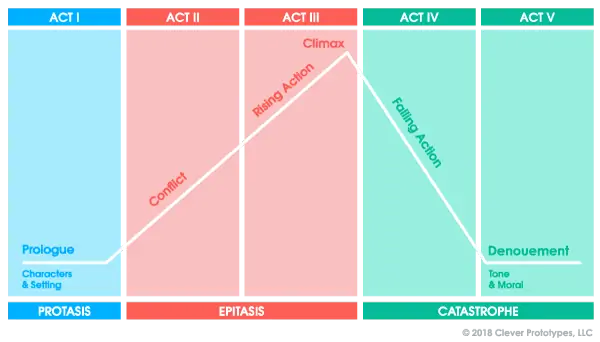
As seen above, the five-act structure is divided into five parts that form an arc.
What are the Five Acts in the Five-Act Structure?
The five acts Freytag established as being at the heart of this approach are:
- Exposition
- Rising Action
- Climax
- Falling Action
- Dénouement
So, now we know each of the five acts by name, what exactly do they mean? Below we’ll give a description of each act, as well as advice as to how you might implement them in your own writing. And, for some extra clarity, we’ve given you some well-known examples along the way.
Act 1: Exposition
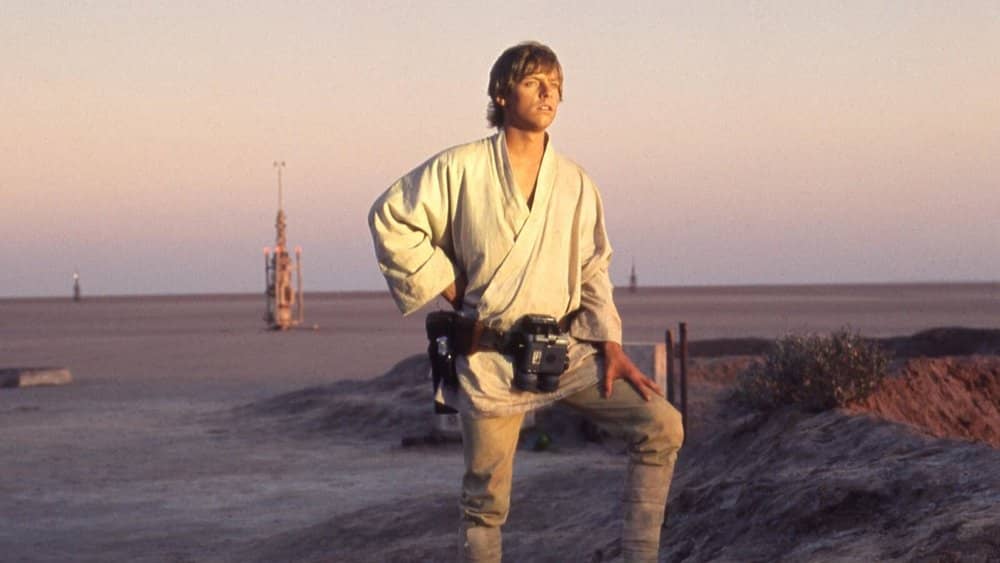
This is the setup. So, for example…
- Luke Skywalker lives with his Aunt and Uncle on Tatooine,
- Walter White is a gentle, passive, high school chemistry teacher,
- and Harry Potter lives with his aunt and uncle, the Dursleys, at 4 Privet Drive.
Act One introduces us to our protagonist, the lives they lead and the world they live in. We also receive some backstory, which could inform decisions that the main character might make later on in the story.
In order to write a great first act, you need to introduce us in the best possible way to your character and their world. Start with an exciting opening scene; show us who they are, or who they think they are.
By doing this you will grab the attention of the audience, enticing them to continue and wanting to know what is going to change and where the story will go.
This is also where the inciting incident comes in. The inciting incident is the event that sets the story in motion; the event that sets our protagonist on their journey.
- In the case of Harry Potter and The Philosopher’s Stone, for example, the inciting incident is Hagrid turning up and informing Harry that he is special. In that moment the life he thought he knew changes forever.
Remember: change is good. It is at the heart of great drama and conflict. But without the context of their world, we cannot grasp the magnitude of the inciting incident.
- Without us seeing the dreary, unhappy life Harry leads with his aunt and uncle we cannot appreciate the enormity of Hagrid’s revelation.
Act 2: Rising Action
The second part of the five-act structure is the ‘rising action’. The rising action in a story is what takes place after the inciting incident has occurred. It builds towards the climax but is most importantly used to develop the character and their new world.
This is often the longest part of a TV episode or film. In Harry Potter and the Philosopher’s Stone, it takes up most of the screen time.
During this act, we discover parts of the new world, the same as Harry does: we see Diagon Alley, Gringotts, Hogwarts. We meet a plethora of new characters, such as Dumbledore, the Weasleys, Hermione, Draco and Snape.
But we are also introduced to growing conflicts: Harry, Hermione, and Ron fight off a troll let loose in the school, Harry is nearly killed in a quidditch match, and he and his new friends meet and are nearly killed by, ‘Fluffy’ the three-headed guard dog.
The purpose of Act Two is to start to move the story towards its climax. It is where complications arise that test the characters and create tension. Act Two forms news bonds and introduces secondary characters.
To achieve a great second act, put your characters in positions where they have to make more and more complicated decisions. Or place them in situations that are getting increasingly difficult to navigate. By doing this you will build up tension and conflict naturally, until you reach the end of this act by hitting the midpoint…
Act 3: Climax
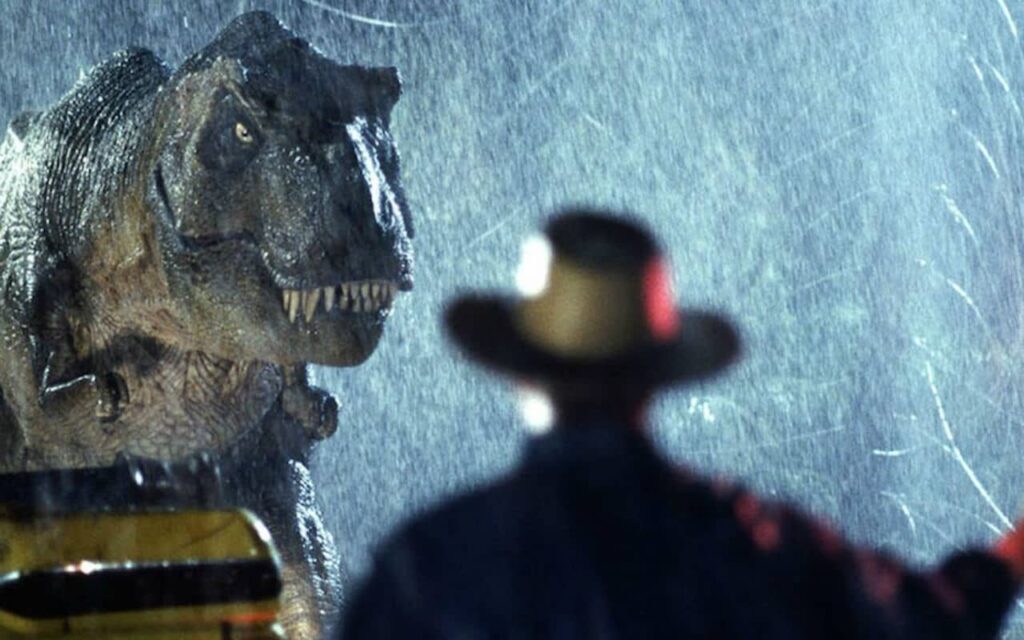
The use of the word ‘climax’ may initially be confusing. This isn’t the actual end to the story the way that most will understand the word climax. But this is the turning point. The no-going-back. This is not necessarily the highest point of suspense but it certainly needs to mean something, something potentially irrevocable to the characters.
It is also where things can get really hairy for our protagonists, where the stakes are raised:
- The T-Rex unceremoniously introduces itself in Jurassic Park.
- Buzz and Woody are won by Sid, the kid from all toys’ nightmares in Toy Story.
- In The Lord of the Rings: The Fellowship of the Ring the stakes are raised for Frodo when he decides he will bear the burden of taking the ring to Mordor.
- Harry, Hermione, and Ron are faced with an inevitable decision: do they do nothing, despite learning of Voldemort’s plan or do they face their fears and challenge him. For Harry, it is when he decides to challenge Voldemort.
In your climactic third act, try and think about the natural progression of your story. What’s it all been leading towards? Is there something inevitable that needs to happen? Has your character been avoiding a decision? Are they faced with one now where their actions will define/prove who they are?
Lots. Of. Questions. But these questions are vital for a successful third act. Without them, where is the drama? Force your characters to make difficult decisions. It is these decisions that reveal who they truly are and how far they have developed.
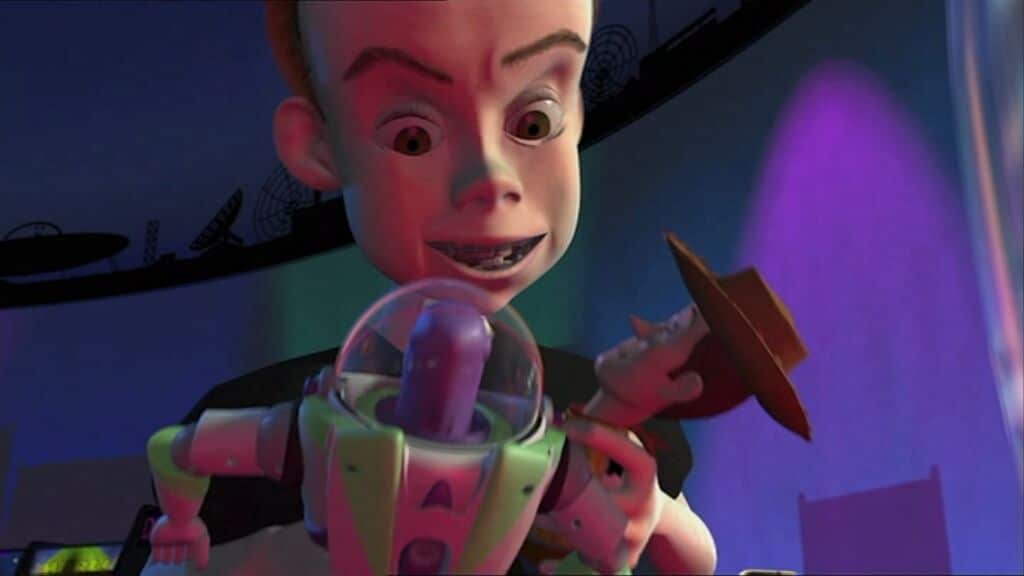
Act 4: Falling Action
The next part of the five-act structure is known as ‘falling action’. This is often seen as the opposite of rising action, but the words ‘falling action’ can be misleading. There definitely still needs to be conflict, but now these conflicts take us towards our conclusion.
There has been an explosion of action and drama and now the consequences of this must be faced. In one way, the tension has peaked but in another, it is higher than ever. Either way, where the tension is coming from will be different. If the anticipation of a climax is no longer there, then the anticipation over what will happen to our characters takes its place.
The stakes are high here because the characters have no other choice than to face what’s in front of them. The worst has come to pass and now the characters must seek to get through to the other side.
In Harry Potter and the Philosophers Stone, for example, the fourth act is the series of deadly trials that Harry and co. have to face in order to reach the stone. The border between the fourth and fifth acts merge as Harry challenges and succeeds against Professor Quirrell and Voldemort.
The falling action ends with the resolution to all the conflict.
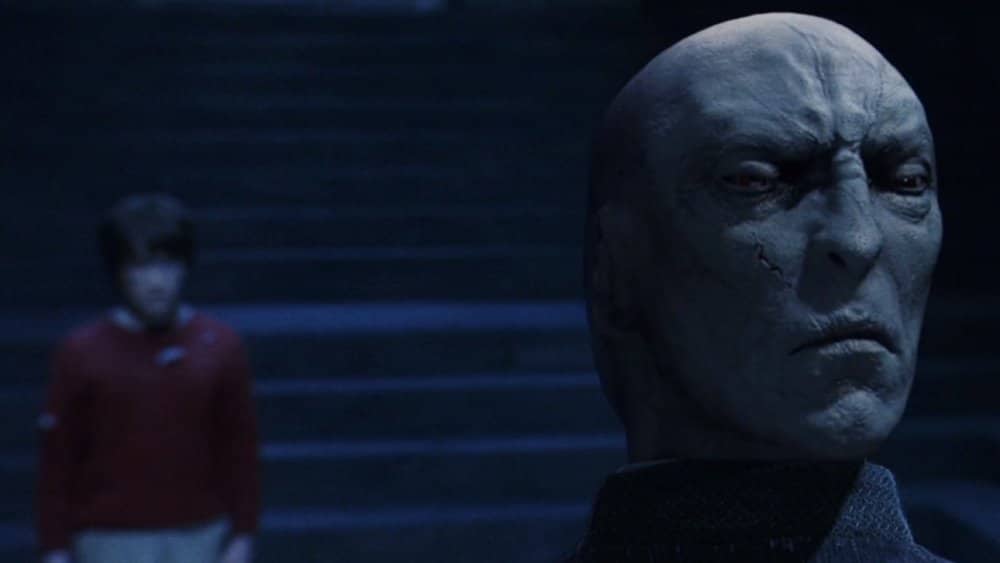
Act 5: Dénouement
Or in layman’s terms, the ‘let’s wrap it all up’ act. Protagonists may succeed or they may fail at this point. This is your story, end it how you want. Just try to tie up any loose ends that need tying, for the audience’s sake (unless you specifically don’t want to).
For Harry, Hermione, and Ron they are rewarded not only for defeating Voldemort with safety (until the next instalment) but also Gryffindor winning the house cup. This is something tangible and cathartic for the younger audience members.
Ultimately your decision rests on catharsis. Do you want this for your audience or do you want the inverse? Traditionally these are the rewarding moments but again, it’s up to you. It all depends on the story you wish to tell.
What message do you want to send? How can your ending best reflect your theme? This is what the denouement will need to achieve – the final word.
The Five-Act Structure in Action: The Godfather
To give an even better idea of how writers utilise the five-act structure, let’s take a look at an example of the framework used masterfully in one of the most critically acclaimed films of all time: The Godfather.
Act 1: Exposition
We are introduced to the Corleone family at Connie’s wedding. We meet Michael Corleone who explains to his fiancé, “that’s my family, Kay, not me”. Through this, we see the life that Michael is leading and the direction he wants his life to lead. He remains uninvolved in the family’s criminal empire and wants a future with his fiancé.
Until… the inciting incident occurs. Sollozzo has Vito’s enforcer, Luca Brasi, garrotted to death and Vito gunned down in the street.
Act 2: Rising Action
Sonny, Michael’s older brother, takes charge of the family business. Whilst visiting his father in the hospital, Michael prevents a second assassination attempt and gets his jaw broken by the corrupt cop, McClusky.
But, most importantly, he learns something about himself, and we learn along with him: he enjoys what he thought he wanted no part of.
Act 3: Climax
Michael plans to execute those behind his father’s attempted assassination. He does so, in perhaps one of the most famous cinematic scenes of all time. This is also his point of no return.
Michael then flees to Sicily, where he marries. But he can’t simply live out his days in isolation and exile. Where is the conflict in that? So, his new wife is murdered by people wanting revenge for his assassination of Sollozzo. Sonny is also murdered. As you can see, lots going on here in this act.
Act 4: Falling Action
Michael moves back to New York after his father manages to get assurances that his sons will be safe. He promises Kay, after having got back with her, that he will make the family legitimate in five years.
Then, Don Corleone dies in his garden – but not before he manages to warn Michael that there is a traitor in their outfit. He tells him “whoever comes to you with this Barzini meeting, he’s the traitor. Don’t forget that”.
Here we have plot progression, twists, hurdles and insights. This sets us up for a perfect fifth act.
Act 5: Dénouement
Tessio reveals himself as the traitor by approaching Michael and offering to broker a deal with Don Barzini. Armed with the knowledge Don Corleone left him before his death, Michael decides to tie up all loose ends once and for all: whilst he attends his nephew’s christening, Michael has Tessio, Barzini, the other New York dons, and Carlo assassinated.
And, because this is a tragedy, we get one last glimpse of Michael Corleone, fallen from his perch of innocence and legitimacy forever, before the door to his world is literally and figuratively shut off to both Kay and us.
This is his reward: he now sits at the head of the table of the biggest mob family in New York, for better or for worse. The inverse catharsis here for us is seeing Michael finally, and tragically, assume the role he has slowly been sliding towards and was in a sense always, inevitable.
Do You Need to Stick to A Five-Act Structure?
So, by now you should have a pretty good idea of what the five-act structure is, and how you should use it. But do you need to stick to a five-act structure? Of course not. One of the great things about creative writing is that what little rules there are can, and often should, be broken.
However, understanding how structure works will help you map out your story, and the five-act structure is a fantastic approach to creating engaging, enjoyable scripts that adhere to an audience’s subconscious desire for order.
With so many other approaches out there, from the three-act structure to Dan Harmon’s ‘Story Circle’, you don’t need to feel constrained to sticking to one. Rules in storytelling are not concrete; they are malleable. If they weren’t then cinema would be pretty damn boring.
What is The Difference Between The Five-Act Structure And The Three-Act Structure?
The difference between the three-act structure and the five-act structure might seem relatively self-explanatory. But it’s worth exploring in detail.
Whilst, as we have discussed, the five-act structure focuses not just on a beginning, middle and end, but also rising action and falling action on either side, the three-act structure does this inside its three acts.
The three-act structure, popularised by ‘script guru’ Syd Field, has particular ‘beats’ in each act which are extremely similar to the extra acts we see in the five-act structure.
- Inside the first act, there are the separate beats of the exposition and the inciting incident (the same as we see in the five-act structure).
- In the second act, we have rising action and the midpoint.
- And in the final, third act is the pre-climax, the climax and the denouement.
Additionally, just like the five-act structure, the three-act structure has many different approaches, from many different people. People who talk about these structures might add their own beat points depending on what the genre of the film might be. For example, when writing a thriller, certain people will argue there is a particular place you should place the twist.
Effectively then, the three-act structure is a condensed version of the five-act structure. Ultimately, there is no right approach to how to structure your script. In the end, all are tools to help you get a better understanding of your narrative.
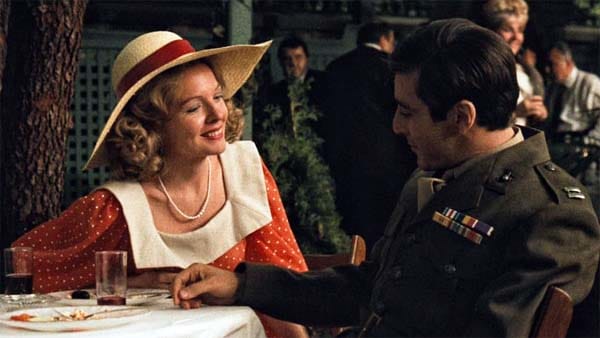
The Five-Act Structure: In Conclusion
A well-written script should never scream the start or end of an act or what structure it is using. Instead, structure should be the invisible ribs in which the heart of the story is cased; they might protect a story through order, but without great characters, they are wasted.
The five-act approach is not a definitive, strict structure. Work with it, change it up, rip it up. It is a tool that can help you get a better understanding of your script’s structure, but if you find that it just won’t fit in with the story you have, don’t shoe-horn it.
This will lead to an unnatural story progression that can feel contrived and forced. And the audience isn’t stupid, they will pick up on this.
The five-act structure is a great tool for any scriptwriter who wishes to put some order into their story. It can help clarify plot points and add a sense of purpose to a script that can sometimes feel that it is going nowhere.
It can give your story shape when it is shapeless, it can provide exciting turning points, and it can aid in character development. But, ultimately, it is a dot-to-dot exercise that helps character development and conflict but it is not a replacement for it. Let it work for you, instead of you working for it.
In Summary
A five-act structure is a narrative story arc that is broken into five acts.
The five acts that are in a five-act structure are: 1. Exposition 2. Rising Action 3. Climax 4. Falling Action 5. Denouement
There are countless films that use the five-act structure. A couple of notable ones are The Godfather and Harry Potter and The Philosopher’s Stone.
Simply put, the five-act structure is a breakdown of the story in more detail. A three-act structure will put the story into a distinct beginning, middle and end. A five-act structure is more about the rising tide and fall of drama, the flow of the story and the best way to represent change in your characters.
– What did you think of this article? Share It, Like It, give it a rating, and let us know your thoughts in the comments box further down…
– Struggling with a script or book? Story analysis is what we do, all day, every day… check out our range of script coverage services for writers & filmmakers.
This article was written by Joe Heywood and edited by IS Staff.
Get *ALL* our FREE Resources
Tackle the trickiest areas of screenwriting with our exclusive eBooks. Get all our FREE resources when you join 60,000 filmmakers on our mailing list!

